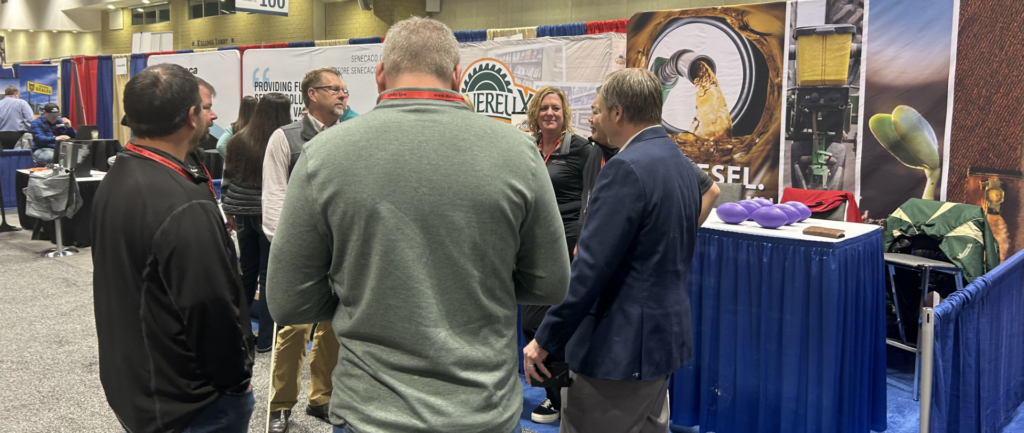Craig Bangasser was always enthralled with the tractors on his family farm. However, as he grew older, the Garvin, Minn., corn and soybean farmer became worried about what would happen if those machines no longer had the fuel they needed to run.
“Growing up, we used oil for anything that needed fuel,” says Bangasser, former vice chair of the Minnesota Soybean Research & Promotion Council (MSR&PC). He currently chairs the Marketing Communications action team. “I was always told that by the time I was 18, we would run out of that fuel. That’s one reason I’m so interested in investing our checkoff dollars into biodiesel.”
Minnesota was the first state to make strides with biodiesel, which was implemented as a fuel standard with the passing of a two percent biodiesel (B2) blending law. Since then, Minnesotans have enjoyed economic benefits as well as cleaner air as the fuel standard has risen to B10 in the summer months and B5 in the winter months.
Bangasser is passionate about the investment into biodiesel because it’s a sustainable alternative fuel and helps add profit to bushels produced by Minnesota soybean farmers. He’s also proud of a recent American Lung of Minnesota analysis that found since 2005, the use of biodiesel has helped to remove carbon emissions equivalent to more than 17,000 coal rail cars.
Having toured New York City and New Jersey this past winter to learn how city officials were using biodiesel to help reduce emissions, Bangasser says he is happy biodiesel and soybean farmers are making an impact on air quality in Minnesota.
“When you consider current biodiesel blends in Minnesota remove the equivalent of 128,000 cars off our roads each year, absolutely I’m pleased,” he says. “We farmers know we have a good product in biodiesel and we’re proud it is making a difference.”
The soybean checkoff was started to further the soybean-growing business in Minnesota. MSR&PC is composed of positions voted on by fellow soybean farmers. Bangasser joined the board to help be the voice for other soybean farmers.
“Being on the board is a way for us to collectively decide how checkoff dollars get invested to promote our business and further the Council’s objectives,” Bangasser says.






